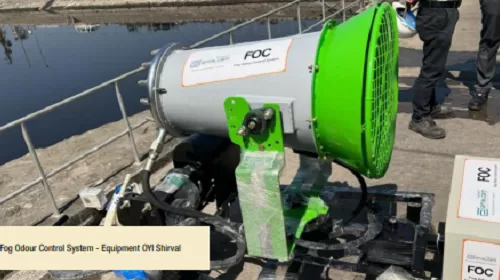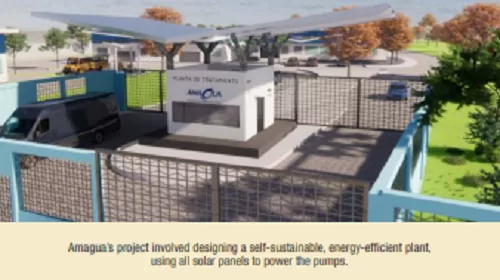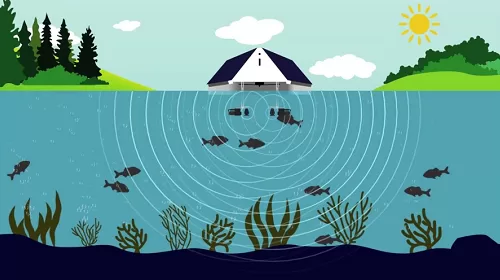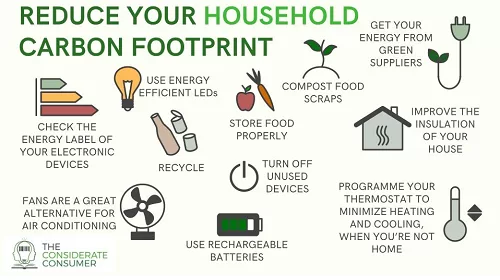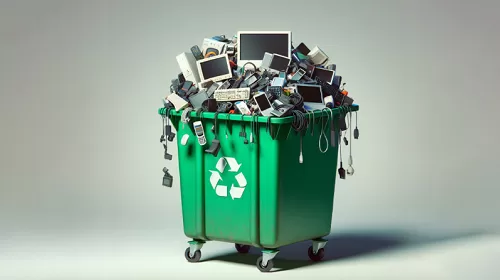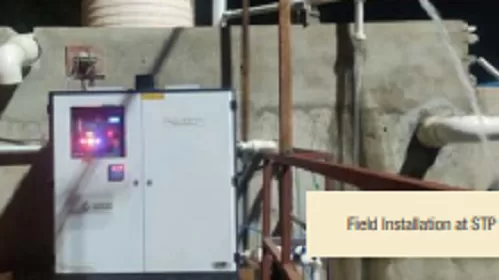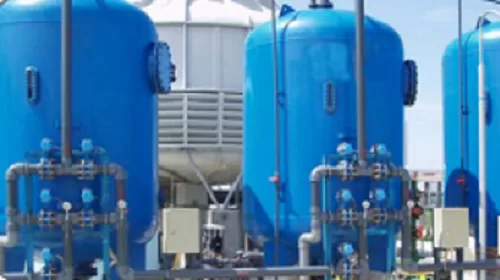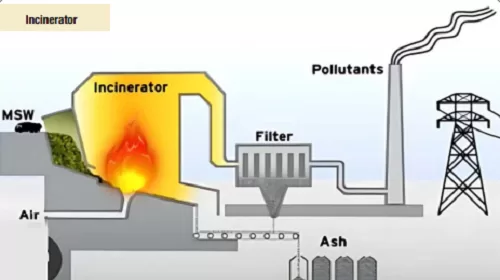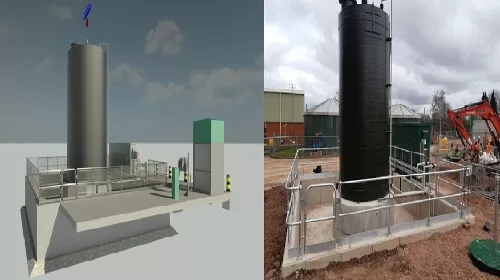As urban water utilities face mounting challenges, digital transformation has become essential. In this interview, Stefano Vincenzo De Simone, Operational Water Management Solution Area Manager at KISTERS, discusses the role of data validation in these shifts and how technologies like IoT, AI, and big data are reshaping water management. KISTERS is a global leader in water, weather, and environmental data management solutions, known for its scalable platforms and instrumentation. With decades of experience and expertise in managing complex data ecosystems, KISTERS helps organisations worldwide improve operational efficiency, ensure compliance, and…
Read MoreCategory: Case Study
Odour Abatement in Food Processing Industry
BACKGROUND Molasses, a thick and dark syrup produced as a by-product of the sugar-making process, can sometimes emit a strong, unpleasant odour. The unpleasant odour of molasses comes from sulphur compounds or fermentation. Intense and prolonged odour exposure can cause respiratory problems such as coughing, throat irritation, and shortness of breath. Strong, unpleasant odours triggers headaches, nausea, vomiting. One of our clients, uses molasses as a fermentation raw material to manufacture additives for bakery, distillery, food and pharmaceutical sectors. During the manufacturing process, raw materials undergo anaerobic digestion and are…
Read MoreAmagua C.E.M. designs Solar-Powered Water Treatment and Distribution Network for Ecuador’s Samborondón District
ADOPTING SOLAR ENERGY FOR A NEW INTEGRATED WATER SYSTEM Amagua C.E.M. provides drinking water and wastewater management for the La Puntilla Parish in the Samborondón district of Ecuador. Committed to offering a quality, efficient water supply and sewerage service, they also provide complementary preventive system management, as well as consulting for network design, construction, and maintenance of residential facilities. To streamline operations and ensure a reliable water supply, Amagua decided to build an integrated water capture, transportation, and treatment system. “To have operational autonomy, we determined the need for an…
Read MoreUltrasound based Silent Sound Therapy for Algae Bloom Prevention and Water Quality Management
INTRODUCTION Water, which was perceived as a plentiful resource until the last century and the notion of conserving or reusing water was not given much serious consideration, moving towards the latter part of the preceding century, this perspective began to shift. Presently, water is recognized as one of the most crucial resources in both industrial and domestic sectors. While there is significant emphasis on purification and treatment for recycling or reuse, insufficient attention is often paid to maintaining water quality parameters, particularly concerning bacterial and biomass/algae growth during storage. Controlling…
Read MoreReduction Of Domestic Carbon Footprint: A Case Study on Human interest story
In a densely populated village nestled amidst lush green fields, stands tall the two storied house of Elias Ali. It is situated in the 16 Miles village of the Beernagar-II Gram Panchayat under Kaliachak-III Block of Malda district of West Bengal. Elias Ali is 72 years old who lives with his wife and two sons and grandchildren. He is a road construction contractor by profession. His native settlement, Porandarpur Village was washed out in the erosion of river Ganges, hence he migrated to the 16 Miles village in Birnagar-II, Gram…
Read MoreE-Waste : Trash Or Treasure?
E-Waste, as a generic term, describes all types of old, end-of-life or discarded electrical and electronic equipments including all components, sub-assemblies and consumables, which are part of the product at the time of discarding. This form of waste encompasses All the listed items and many others add ease, comfort, and luxury to the modern life and have therefore become an indispensable part of modern societies. However, short lifespan, limited repair options and fast-changing technology is turning a high proportion of electronic gadgets into waste upon the end of its usable…
Read MoreNanobubble Technology: Transforming the Landscape of Sustainable Water Management
In the face of escalating global water challenges, innovative solutions are critical for ensuring sustainable water management. Nanobubble technology, an emerging advancement in water treatment, is revolutionizing how industries, agriculture, and municipalities address water quality, conservation, and reuse. WHAT IS NANO-BUBBLE? Imagine bubbles so small that they’re nearly invisible to the naked eye — yet powerful enough to transform industries and ecosystems. Welcome to the world of nanobubbles. These ultra-tiny gas bubbles, smaller than 200 nanometers in diameter (about 500 times smaller than a human hair!), are breaking the rules…
Read MoreWater Filtration – An art to protect and enhance life of membranes & human health
Water… water… everywhere but there is no water for drinking! This is a popular sentence for us to understand that every water is not potable. Though plenty of water is available, all the water is not potable. Ground water and surface water are the two major water sources for drinking and other uses. Water may contain large numbers of contaminants which includes physical, chemical and microbiological. Physical contaminants include sand, silt, mud, etc. Chemical contaminants include inorganic chemicals like heavy metals, chlorides, sulphates, iron, nitrates, nitrites etc. and organic chemicals…
Read MoreOptimized Management of Municipal Solid Waste for Environmental Sustainability: Techniques And Technologies
Municipal solid waste, commonly known as trash or garbage, consists of everyday items discarded by households, businesses, and institutions. By definition, it includes waste from various sources such as domestic wastes, commercial establishments, institutions, industries, and construction. It typically includes the following with varying proportions depending on the location, socioeconomic factors, and consumption patterns of the society: Organic Waste: Food scraps, garden trimmings, and other biodegradable materials. Recyclables: Paper, cardboard, plastics, metals, and glass. Hazardous Waste: Batteries, electronic waste (e-waste), and chemicals. Inert Waste: Construction debris and other non-biodegradable materials.…
Read MoreMott Macdonald Bentley standardizes phosphorous removal schemes, delivering infrastructure and intelligence benefits to the U.K. water industry
ProjectWise Component Center Helps Facilitate Repeatable Workflows to Save More Than GBP 3.7 Million Supporting Environmental Sustainability. Meeting stringent requirements for phosphorous removal The United Kingdom water industry’s Asset Management Plan 7 (AMP 7) includes a heightened priority for improving water quality schemes. In particular, it focused on reducing the amount of phosphorous released into watercourses, which are natural or artificial channels where water flows. Originating from a range of sources, including wastewater discharge and water main leakages, high levels of phosphorous yields extensive algae growth, posing a significant threat…
Read More


